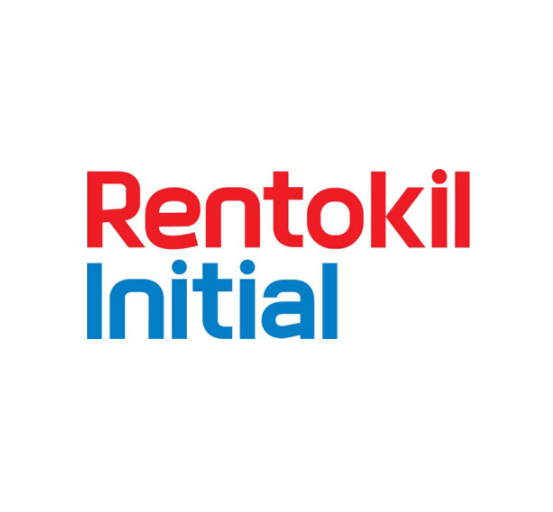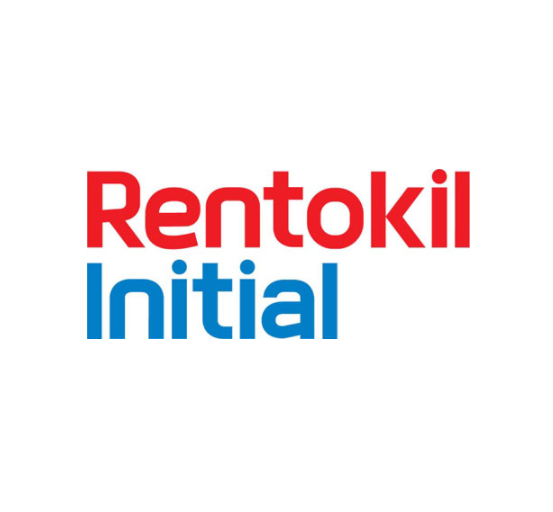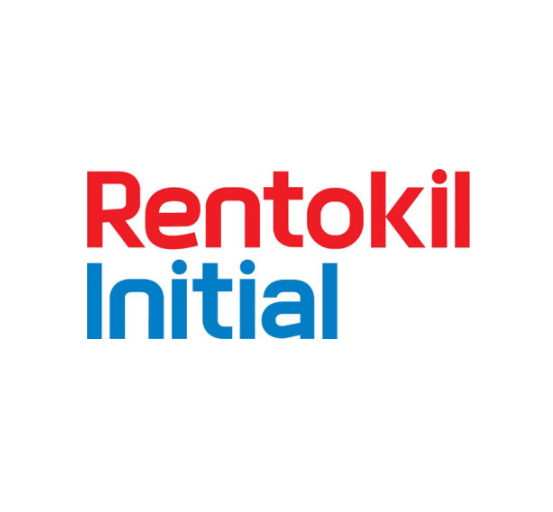Title Page
A) Apply for Roof Void Entry (Prior to Contract and Job Agreement/ Approval) • To be completed by Service personnel for existing premises. • For New Premises, Sales personnel are to complete this report before any contract/ job agreement. If required, Sales can seek support from operations or SHE to assess together the roof void, ground conditions and WAH equipment required.
-
Name of Applicant:
-
Job Title of Applicant:
-
Applicant’s Contact No.:
-
Type of Customer:
- Residential
- Commercial
- Industrial
- Hotel
- Food & Beverage
- Others
-
Please specify:
-
Customer’s Contact Name:
-
Customer’s Contact No.:
-
Service Location (address):
-
ALERT : Roof Void Entry is considered high risk with potential fatal and serious injuries. Line Managers, Supervisors have the right to approve or disapprove RVE, after premise inspection. Employees have the right NOT TO PROCEED if they feel unsafe.
-
Service Type (Tick whichever applicable): <br>
-
Please specify:
-
Signature (Applicant):
-
Date of Signature:
B
B) Roof Void Entry (RVE) Review and Approval
-
Service team: (please tick)
-
Team 1
-
Team 2
-
Team 3
-
Team 4
-
Team 5
-
Team 6
-
Team 7
-
Team 8
-
Team 9
-
Hotel
-
MCST
-
SP
-
NT
-
Others
-
Please specify:
-
to be determine after contract confirmation.
-
Roof Void Inspection Date (inspect from ladder at opening)
-
Name of Service Supervisor:
-
Name of Operations Manager:
-
Type of Building:
-
Types of Roof Beam:
-
Wood
-
Metal
-
Others
-
Please specify:
-
Verify Height of roof void/ ceiling from the ground: (in meter)
-
Dimensions of Roof Beams: ( ) by ( ) meter
-
NOTE: if can estimate from ground, or from a safe, suitable ladder (provided the ground condition is safe for use of the ladder)
-
Ladder Type Required
-
Extension Ladder
-
Single Ladder
-
Platform Stepladder
-
Ladder owner?
-
RI Ladder
-
Customer Ladder
-
No. of Ladder Rungs:
B - RVE Safe Work Requirements
-
1. Is RVE (work at height) required for the service? Other options have been considered as a priority before e.g. ground treatment, rodent camera, pole camera.
-
2. Ground floor below the roof void opening do not have any obstruction, slippery and trip hazards that could hinder safe placement of ladder and ladder stop? Can these be relocated?
-
Indicate any agreed arrangement or results of discussion with customer below :
-
3. Extension Ladder (or Fully Extended Ladder from multi-fold ladder) can be used at the site for RVE? No fragile roof void opening.
-
Please attach pictures of the ladder and ladder label.
-
Safe Working Load (SWL) of ladder (kg):
-
4. Extension Ladder is of the right length. (“right length” means ladder can extend about 1 metre beyond the roof void opening).
-
5. Roof void opening do not have weak or damaged frame (such frame may not be able to hold the weight of the ladder and user).
-
6. Beams in the roof void in reasonably good conditions.
-
7. Distance between the wooden roof beams is about 60cm, and crawl boards can be used? If more than and less than 60cm, crawl board cannot be used and RVE shall not be allowed.
-
8. Pictures showing the conditions inside the Roof Void attached <br>(NOTE : Pictures will not be required if ladder is not suitable, not safe to use, and/or there is fragile roof void opening.)
-
9. Any obstructions or hazards observed inside the roof void, that can hinder the safe use of crawl boards?
-
Please specify the types of obstructions or hazards observed inside the roof void.
-
10. If Obstructions/ Hazards exist inside the Roof Void, hindering safe use of crawl boards, have the discussion and arrangements been made with customer? e.g. shutting off electrical power before the roof void access, relocation or removal of the obstructing materials, or to strictly avoid working at certain obstructed/ difficult to access areas.
-
Indicate any agreed arrangement or results of discussion with customer below : Or specify Areas in the Roof Void where technicians should strictly avoid and attach pictures: (NOTE : Pictures will not be required if ladder is not suitable, not safe to use, and/or there is fragile roof void opening.)
-
11. If there are cables or other electricals inside the roof void, can power be shut down by customer before entry? (consult with customer)<br>Alternate Option: if not practicable to shut down power, electrical gloves are available, in good condition for use during roof void works.
-
NOTE: Always as First Priority for your own safety, consult with customer and arrange them to shut down the power first.
-
12. Crawl boards can fit through the roof void opening or hatch?
-
13. Crawl board will not extend beyond the beam by more than 15cm?
-
If extend more than 15cm, roof void entry is not allowed.
-
14. Crawl boards are inspected monthly with proper records?
-
15. Ladder and Ladder Stops are inspected monthly with records?
-
16. Only technicians who had attended and passed the following training will be assigned to services with RVE :<br>• SRA Training, WAH SOC Training (with valid SOC certificate)<br>• Safe Working at Roof Void Training (in-house)
-
WAH ~ Work at Height. SOC ~ Safety Orientation Course
-
17. If roof void/ ceiling work is deemed SAFE / UNSAFE to proceed, SRA is done accordingly and attached with this report (for update into iCABS, so as to ensure this info. is made known to service technicians via SRA Report/ Service Docket)?
-
Ensure SRA Report is updated as follows (but not limiting to) =>
• Tick one of the 3 options under SRA Special Consideration section:
1) Do Not Enter Roof Void. Check from a ladder only. OR
2) No Roof Void Inspection Required. OR
3) Enter and inspect roof void.
• WAH Risks (Tick under “Hazard” column, if safe to proceed)
• Electrical Risks (if any, existing near or inside roof void)
• Indicate type of ladder to be used and no. of rungs required e.g. use 7 rung A-ladder (in “Other Instructions” of SRA report)
• Shut off Electrical Power, or wear electrical gloves, before any roof void/ ceiling work. (in “Other Instructions” of SRA report) -
Please tick Standard Equipment to be used:
-
0.9m Crawl Boards (1 pair for each van); for use across 2 roof beams with gap of 60cm wide.
-
1.2m Crawl Boards (1 pair for each Team in Branch Store); for use over 3 roof beams, with each beam gap of 60cm
-
Extension ladder (use for roof void entry, which can be extended 1m beyond the roof void opening)
-
Multi-fold ladder (use as Extended Ladder for roof void entry)
-
Electrical Gloves
-
Torch light
-
Portable lamp
-
Ladder Stopper
-
Safety shoes
Evaluation
Evaluation (please tick where relevant) :
-
SAFE TO PROCEED with the roof void/ ceiling entry work (mentioned in the top of page 1 of this checklist).
-
UNSAFE TO PROCEED with the roof void/ ceiling entry work (if any one criteria on this checklist cannot be complied)
-
Is SRA report is updated appropriately, indicating Safe/ Unsafe To Proceed? (see No. 17 Remarks above & attach SRA report).
Applied By:
-
Signature:
-
Name:
-
Job Title:
-
Date:
Assessed By:
-
Signature:
-
Name:
-
Job Title:
-
Date:
Assessed By: (if there is additional assessor)
-
Signature:
-
Name:
-
Job Title:
-
Date:
Approved By :
-
Signature:
-
Name:
-
Job Title:
-
Date:
-
After approval, Assessor shall send both RVE Report and eTI/ SRA report as follows :
• Send e-copy of both reports to OPS (pc-operation-sg@rentokil-initial.com), SALES (pc-sales-sg@rentokil-initial.com) and SHE personnel.
• Forward original copy of both reports to iCABS personnel to update into iCABS system, and for record keeping. -
This RVE shall be reviewed again, whenever there is any change or concern raised related to the roof void, environmental conditions, WAH equipment, and after an incident.









